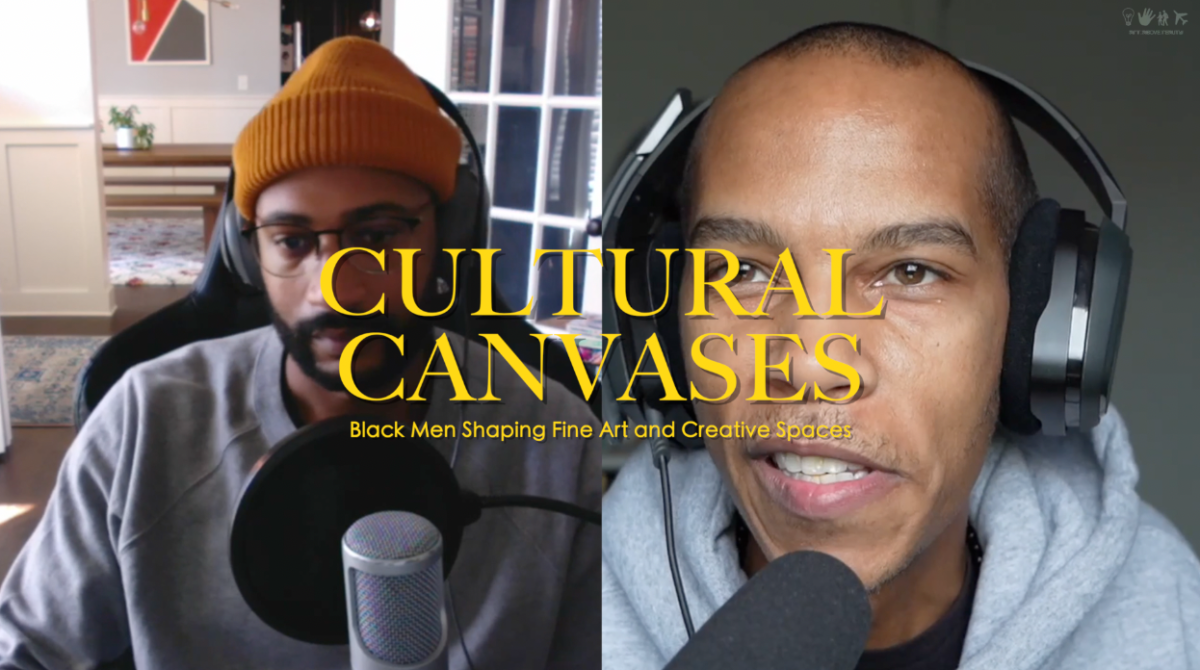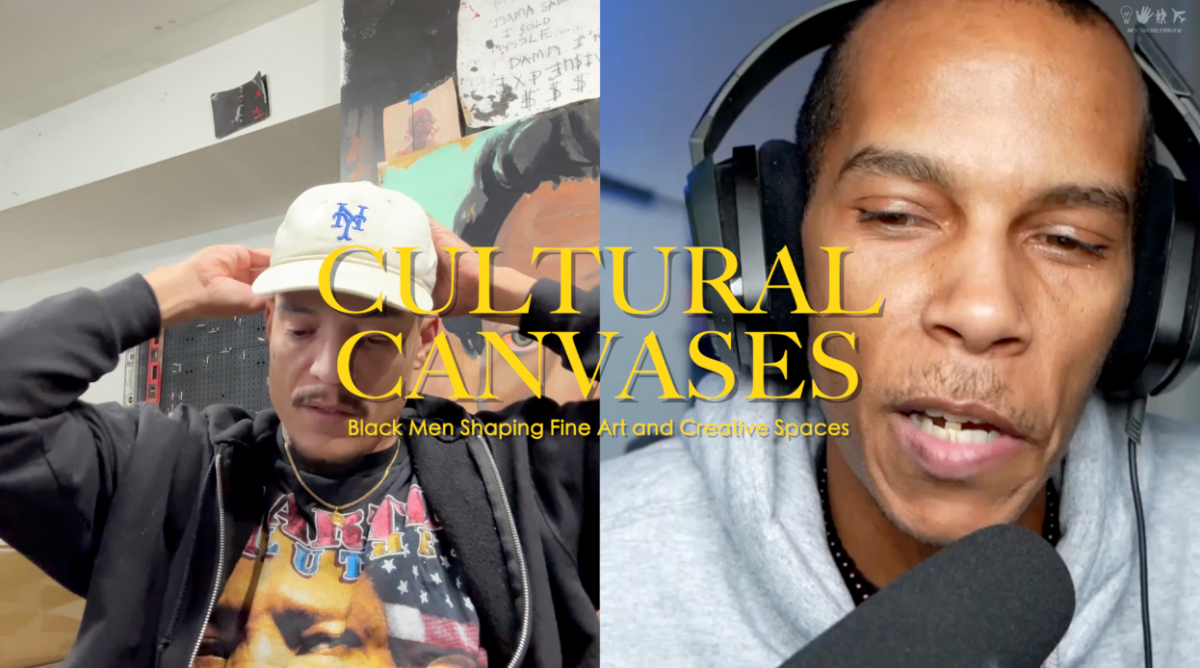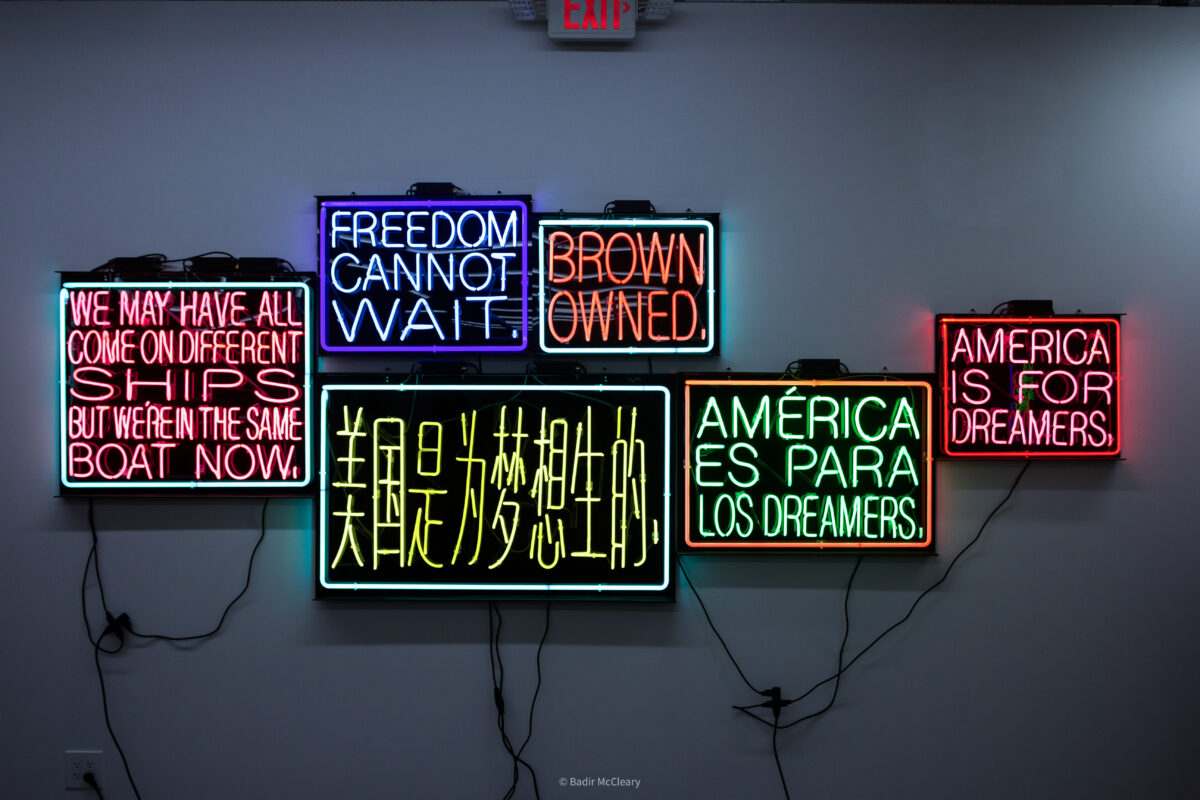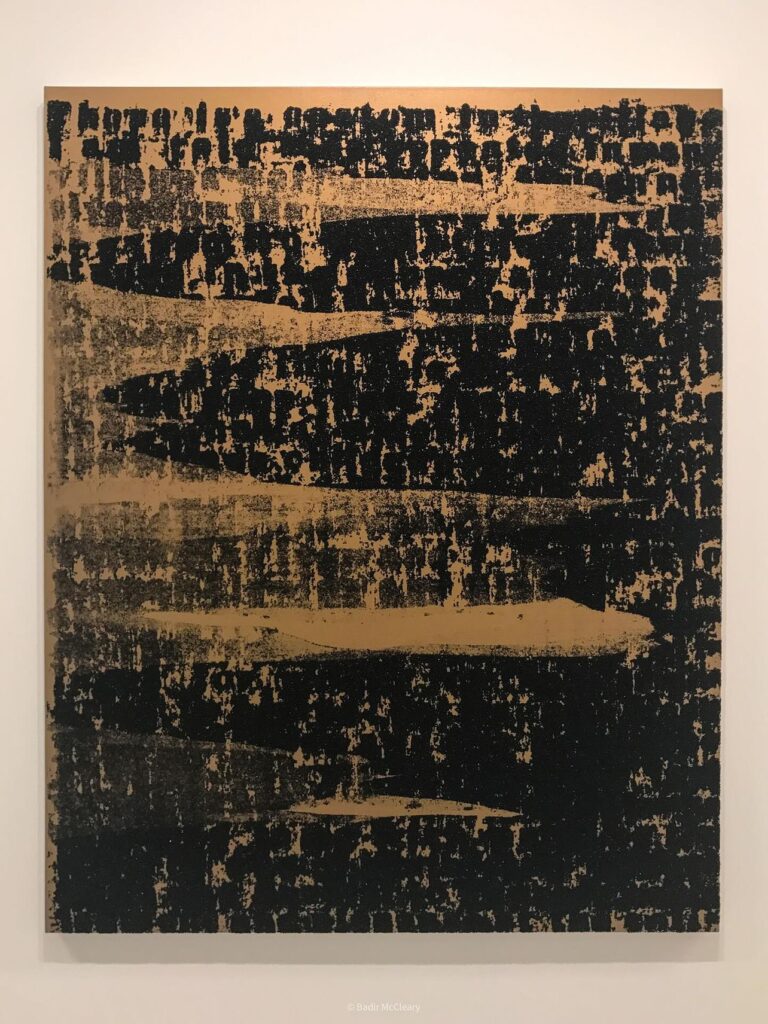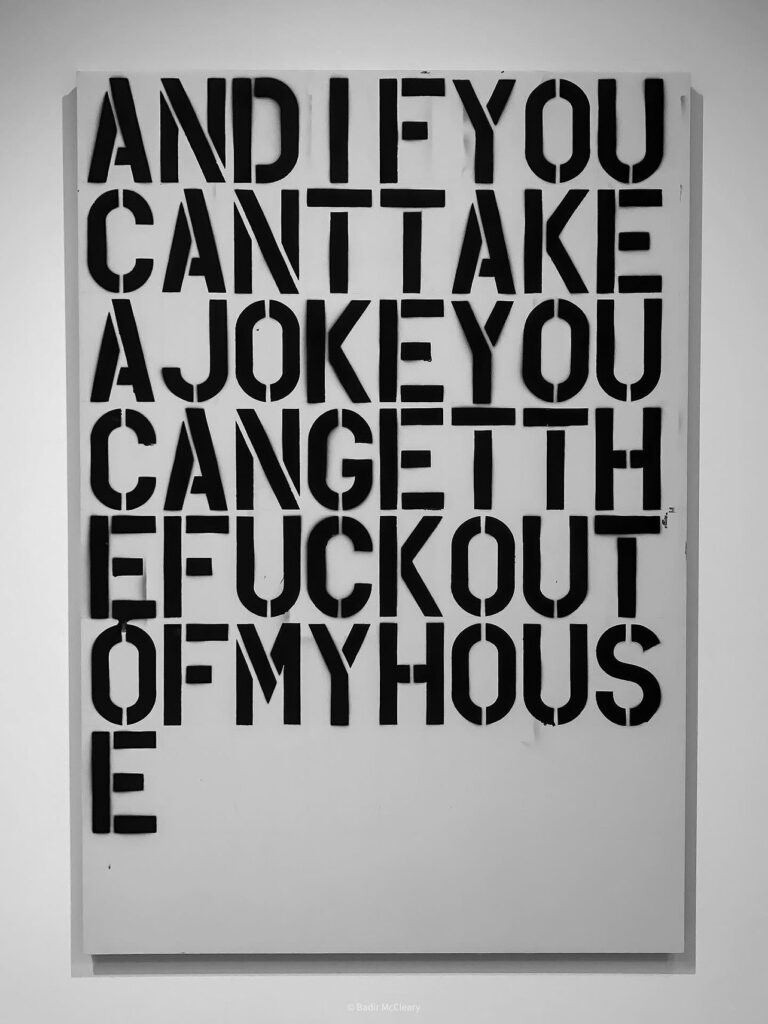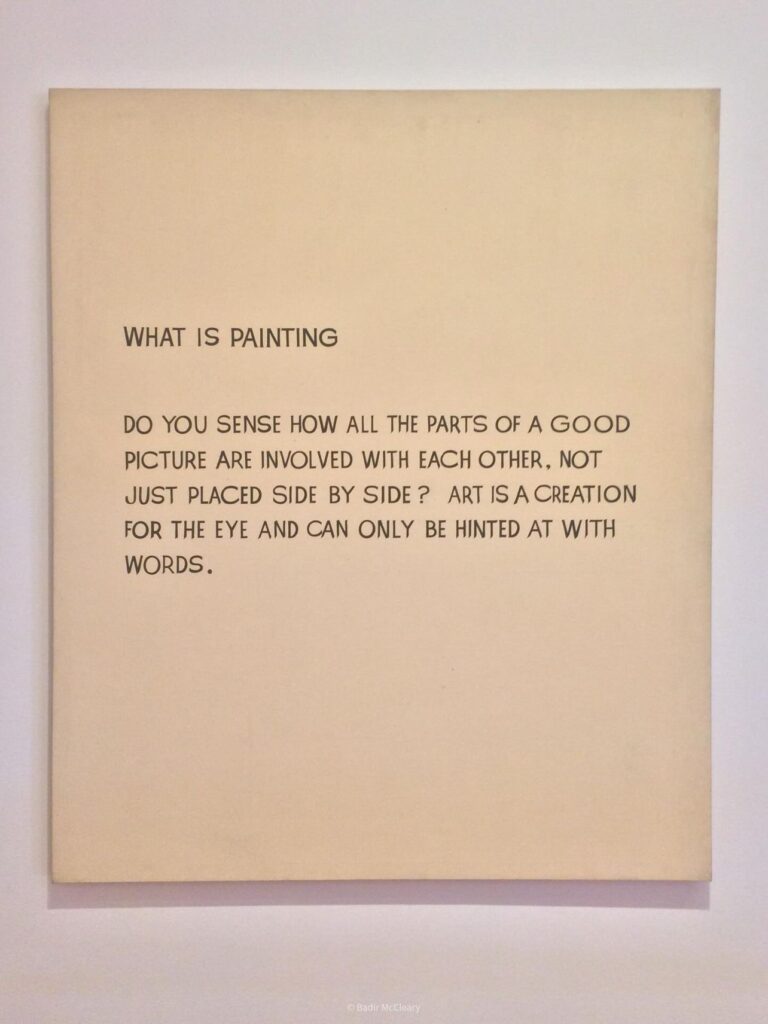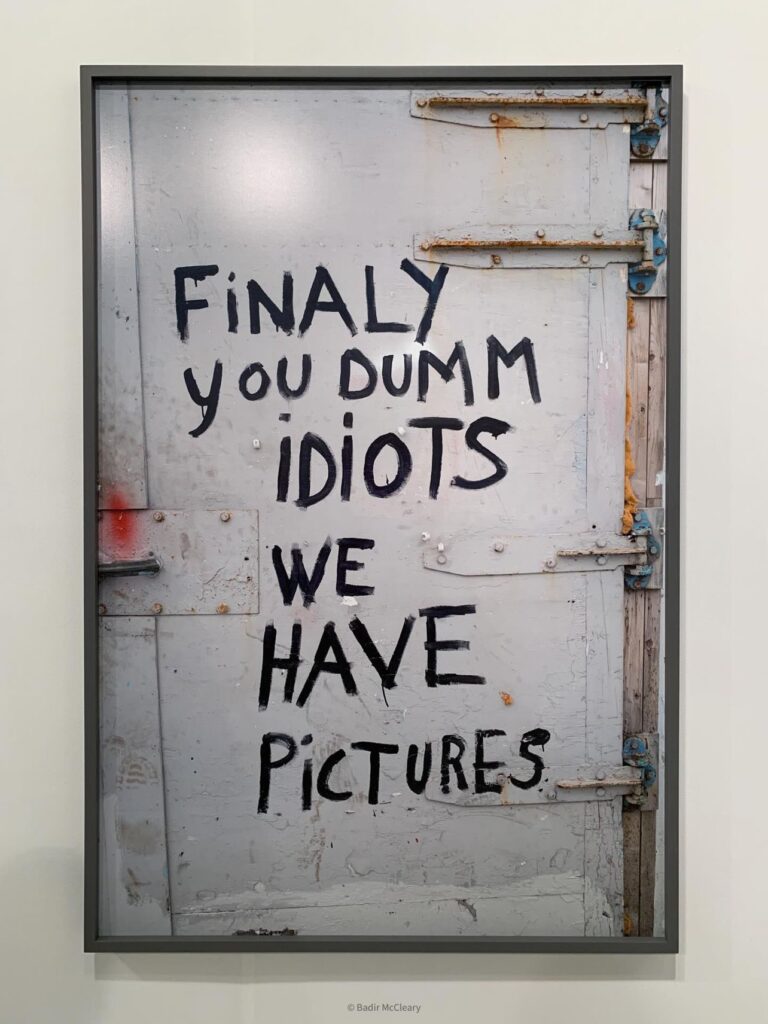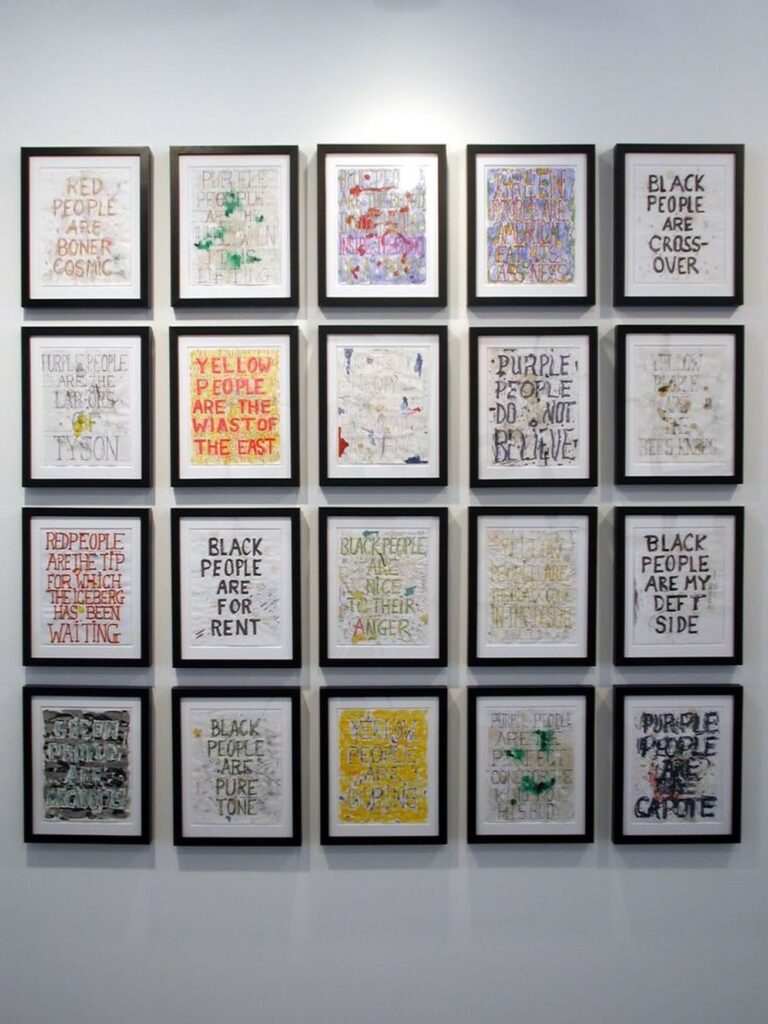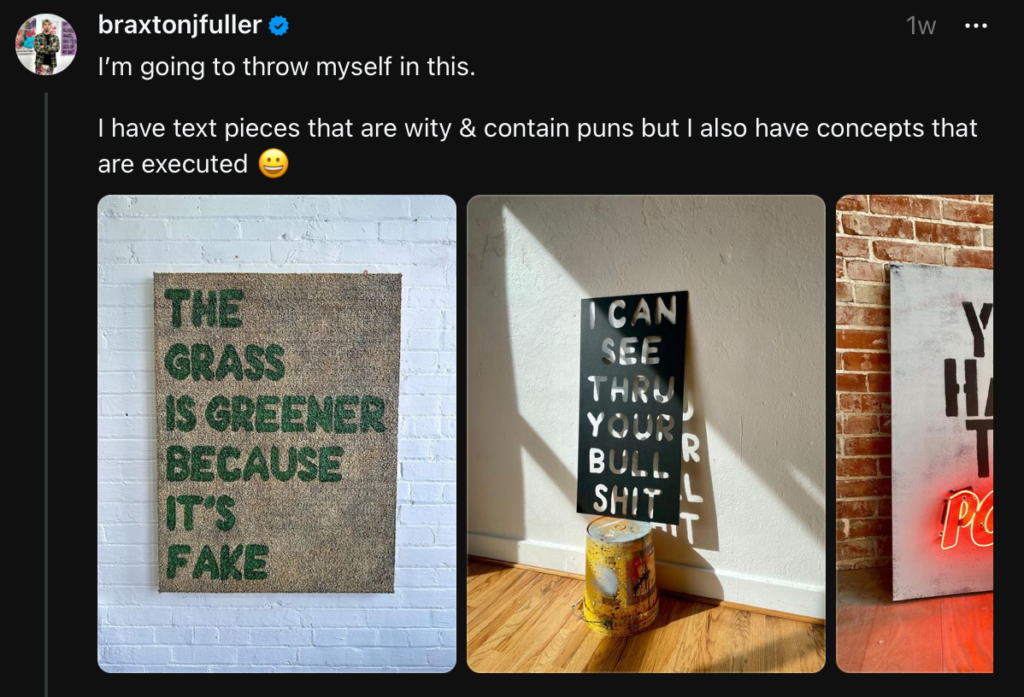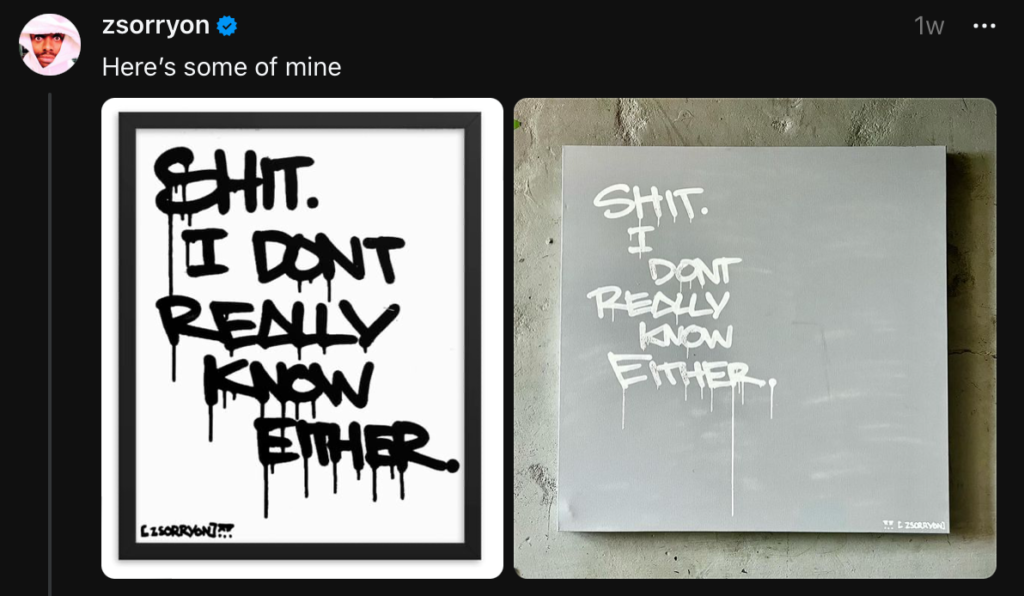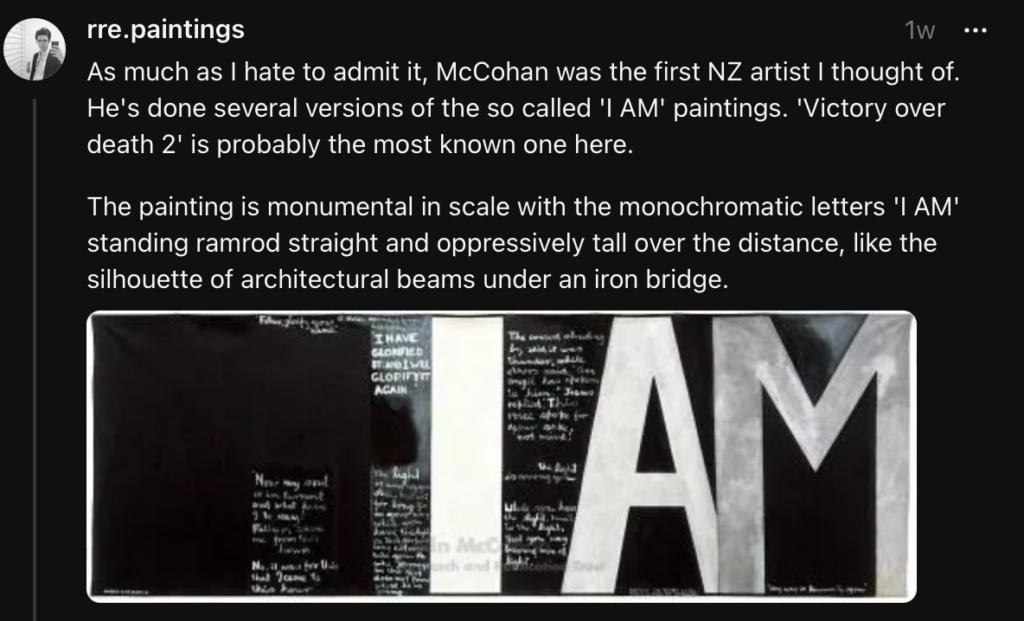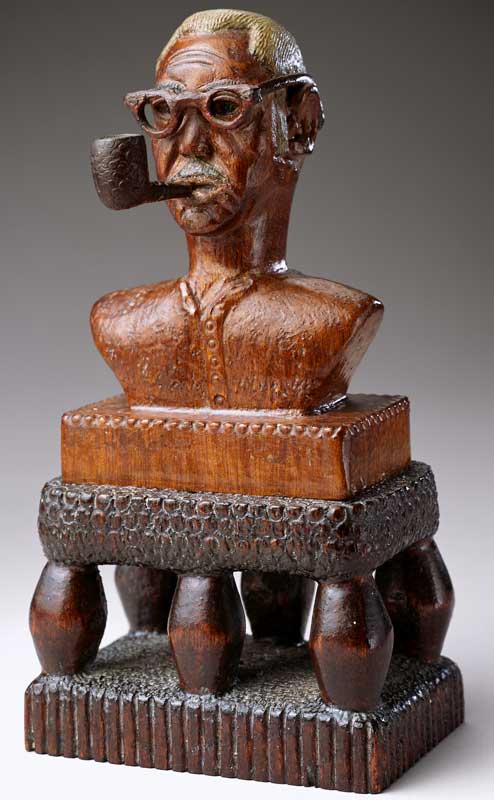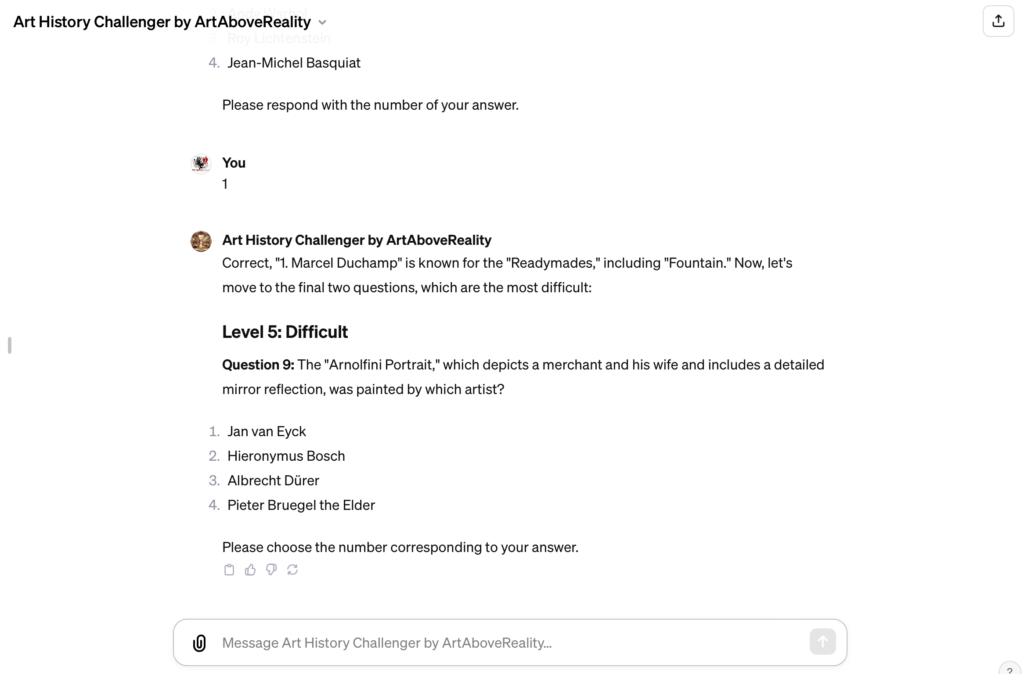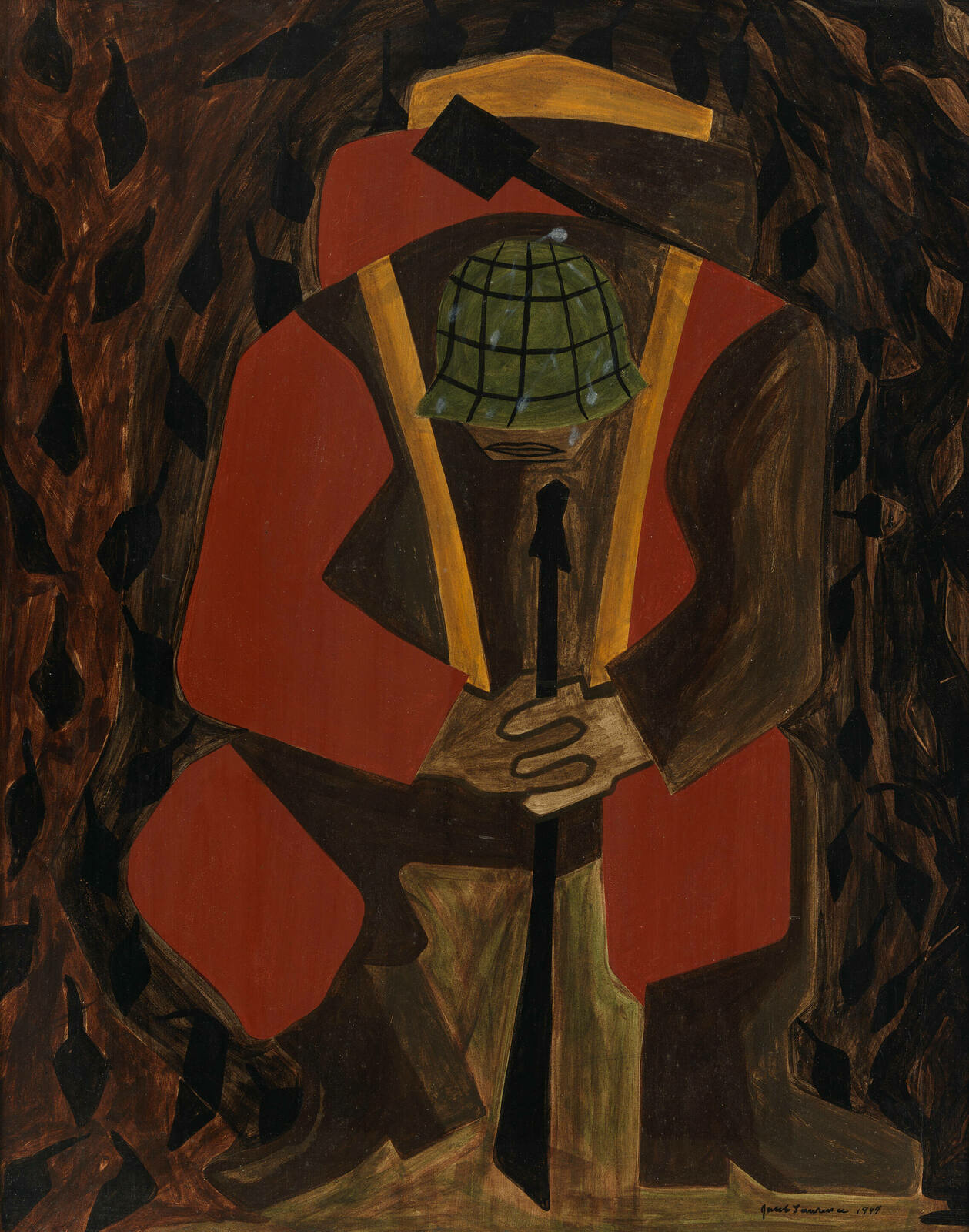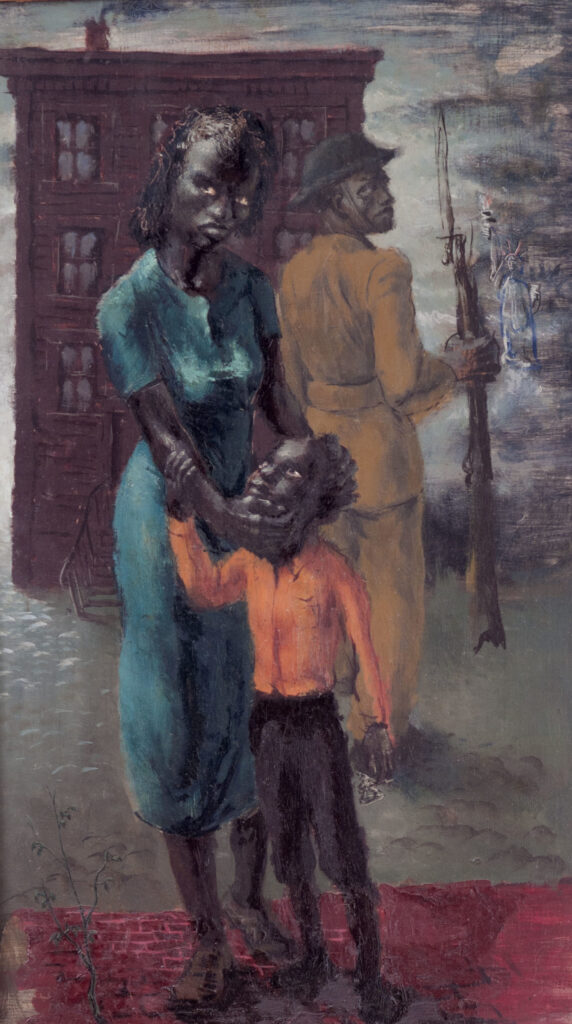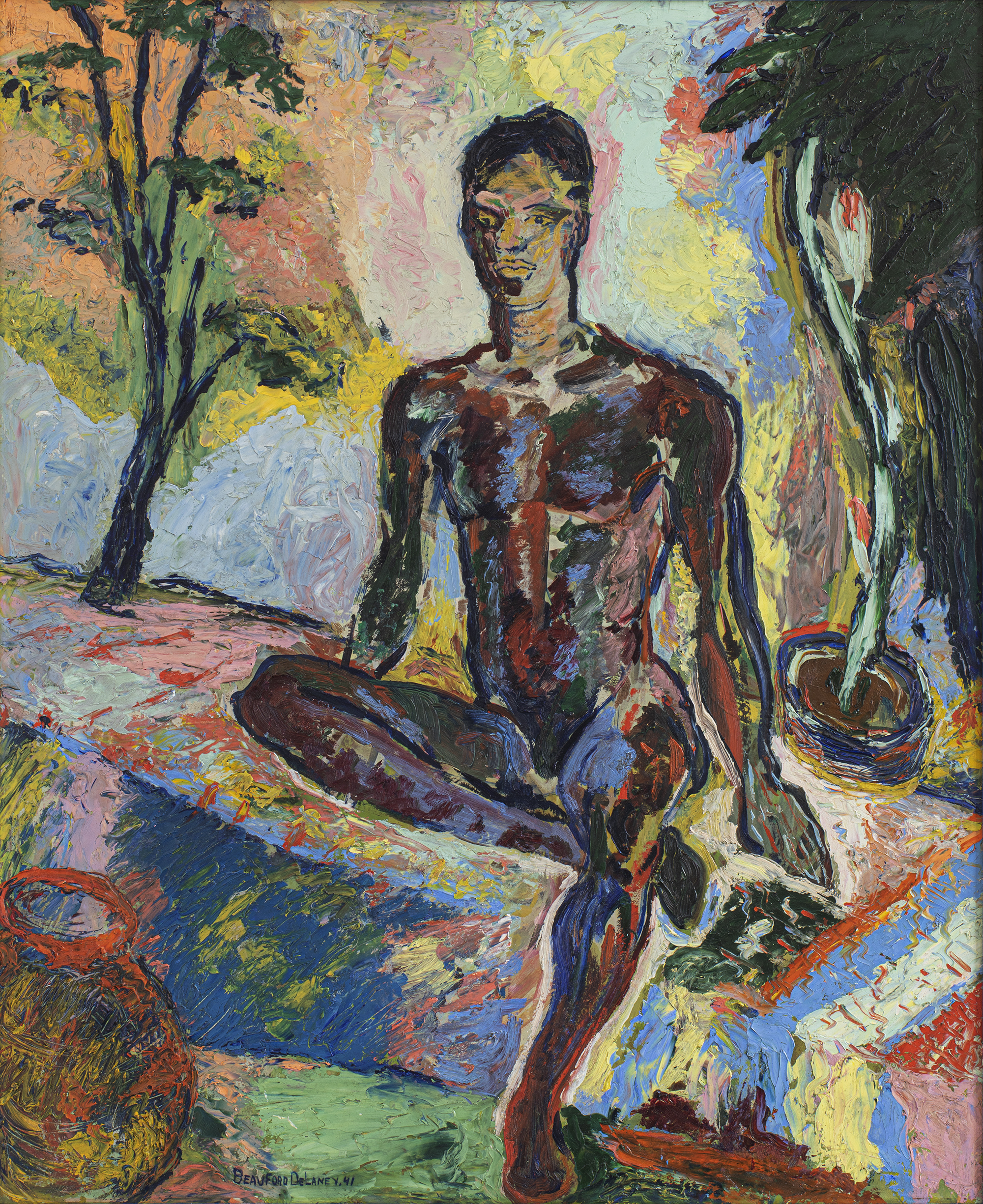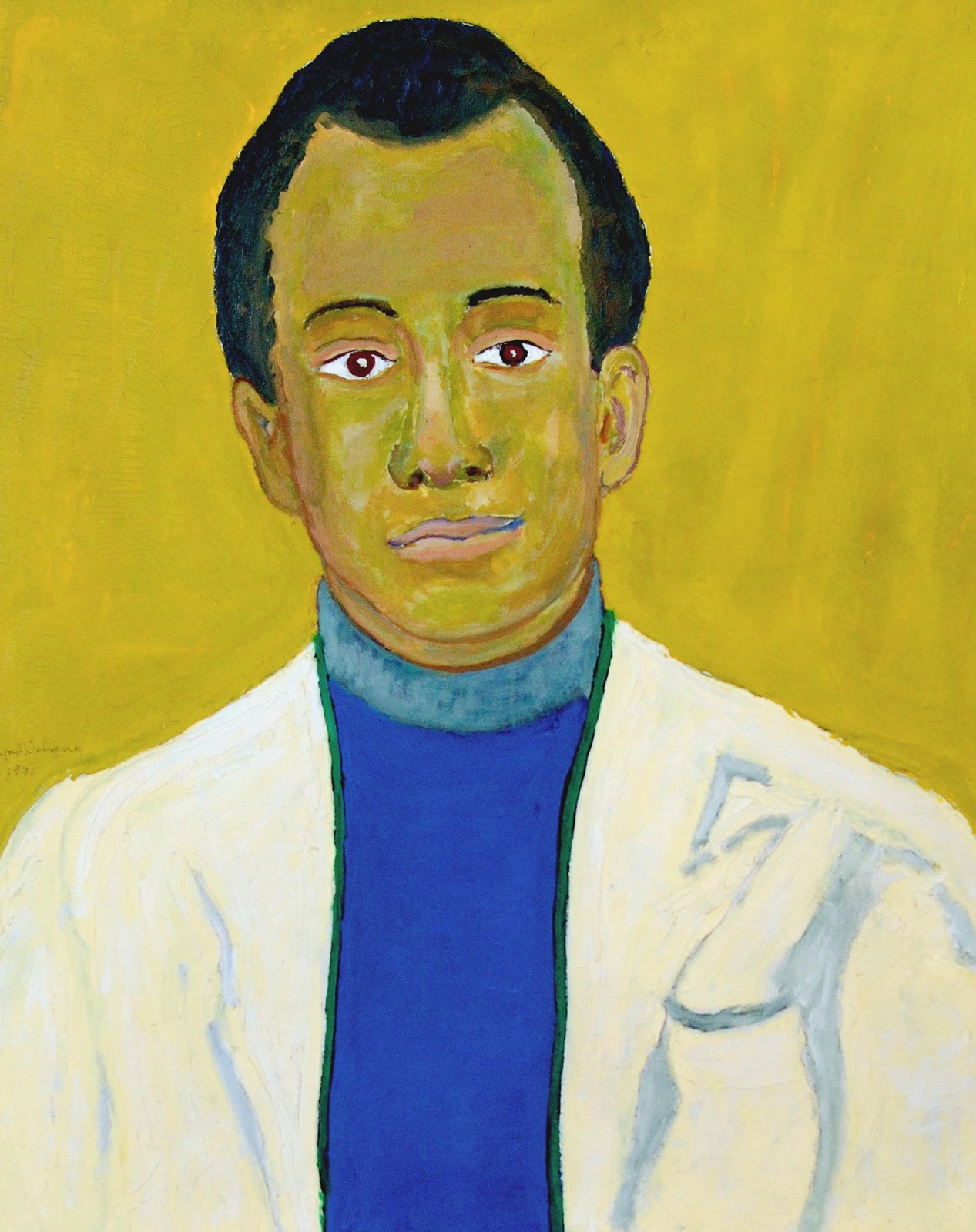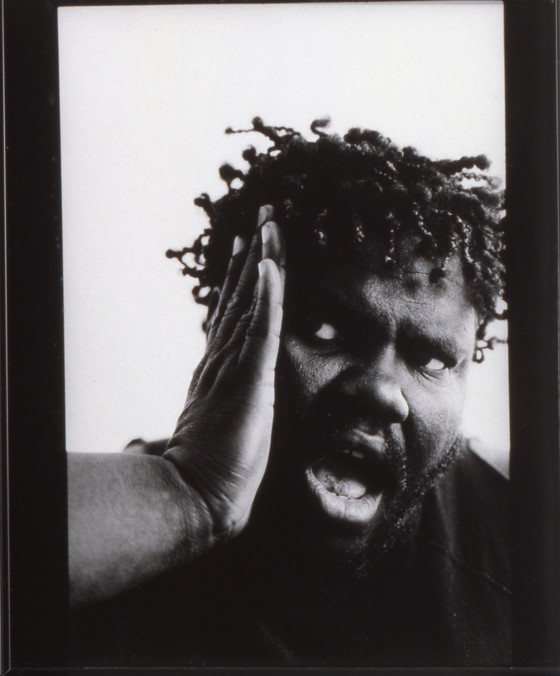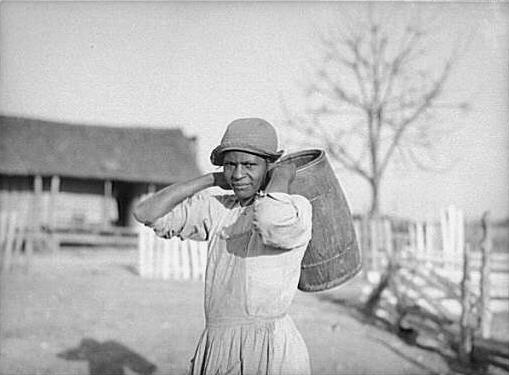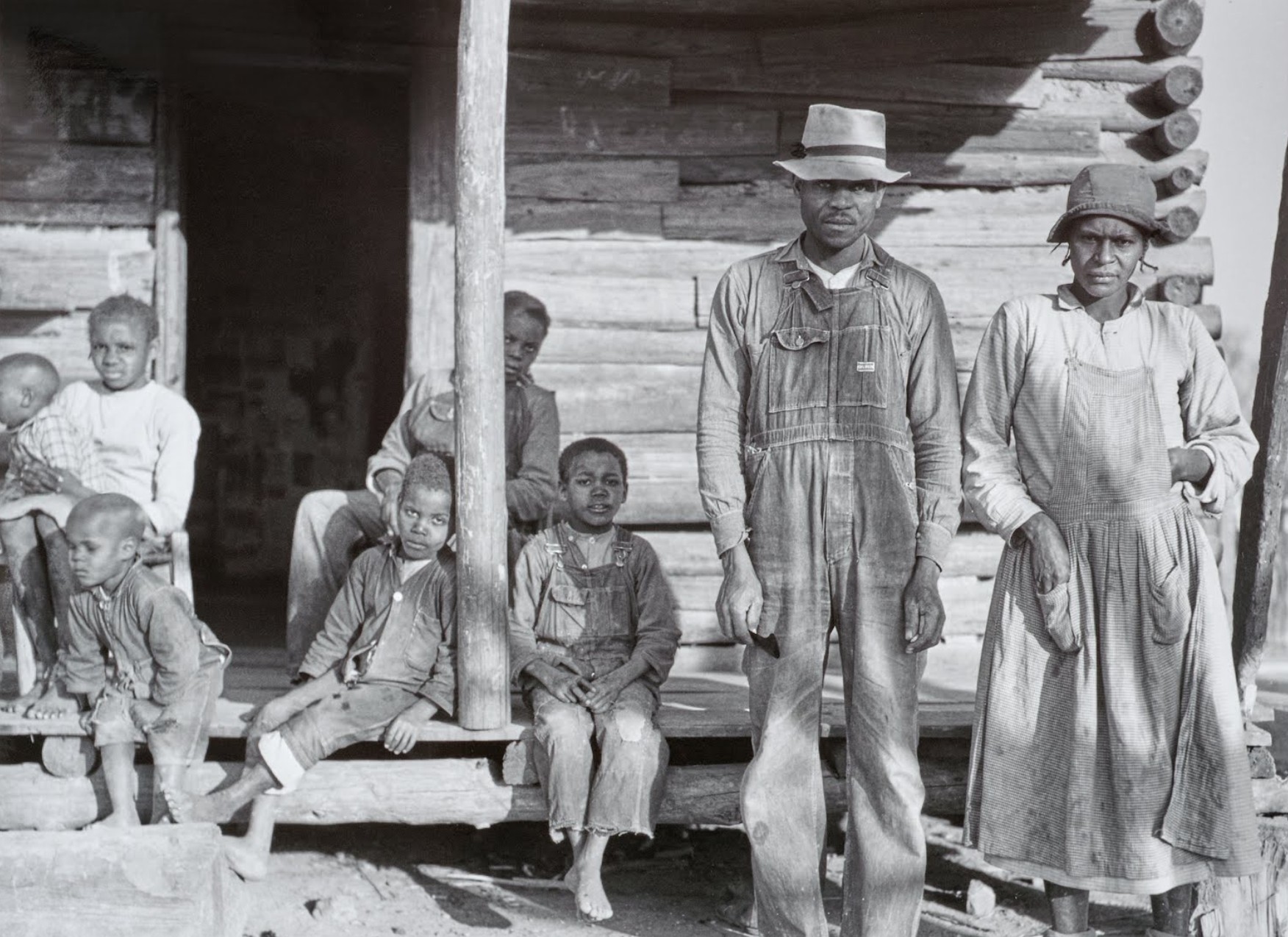Cultural Canvases: Black Men Reshaping Fine Art and Creative Spaces: Episode Two w/ Reggie Perry Jr.
In Episode Two, we chat with Reggie Perry Jr., a multifaceted creator excelling in design, audio, and video production, motion graphics, and 3D animation. His expertise in typography, illustrations, and various media forms in the Home Depot learning department and as a freelance designer for clients like Greenwood Bank and Caregility, further demonstrates his skills in web content creation through e-commerce and lifestyle imagery. In Episode Two, we chat with Reggie Perry Jr., a multifaceted creator excelling in design, audio, and video production, motion graphics, and 3D animation. His expertise in typography, illustrations, and various media forms in the Home Depot learning department and as a freelance designer for clients like Greenwood Bank and Caregility, further demonstrates his skills in web content creation through e-commerce and lifestyle imagery.
Cultural Canvases: Black Men Reshaping Fine Art and Creative Spaces presented by ArtAboveReality — the podcast that dives deep into the vibrant world of contemporary art, design, and digital creativity through the lenses of Black male professionals. Join me, Badir McCleary, your host, and curator, as we venture on a journey through the fascinating narratives and insightful perspectives of these groundbreaking artists and visionaries. In each episode, we’ll unravel the threads of their unique journeys, exploring the challenges they’ve overcome, the triumphs that define their artistic narratives, and the goals that keep them putting in overtime in their studios and boardrooms.
From gallery walls to global stages, we’ll celebrate these diverse talents that are redefining the face of creativity. But that’s not all. “Cultural Canvases” goes beyond the canvas, delving into the broader ecosystem. Tune in for engaging discussions on current events impacting the creative space, market trends, and the rich historical context that shapes contemporary expression. Get ready for thought-provoking dialogues, candid revelations, and a front-row seat to the dynamic intersection of culture, ideation, and the ever-evolving canvas of innovation on Cultural Canvases.
Join the ArtAboveReality channel to get access to perks: https://www.youtube.com/channel/UC9S0S2OYmTsmQf5nqMQZhUw/join

